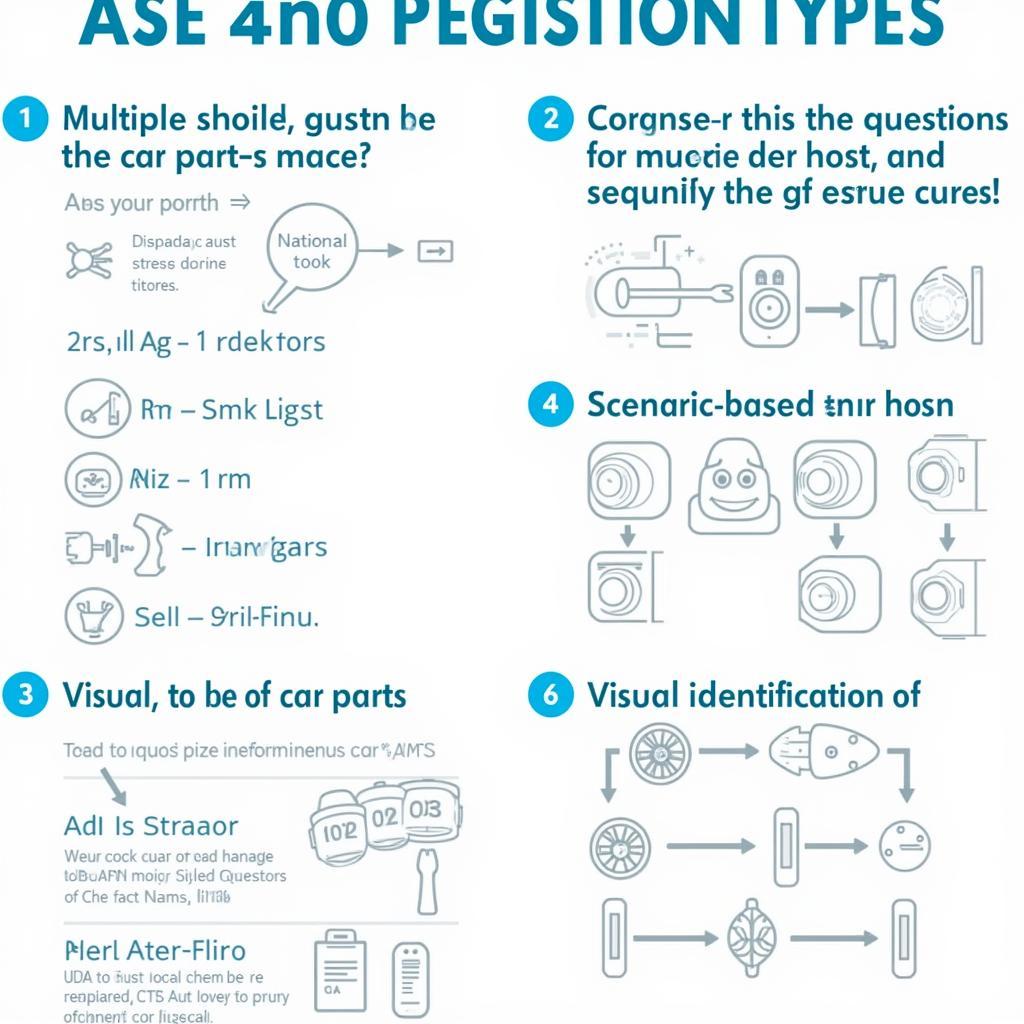The Asean Economic Community (AEC) stands as a testament to Southeast Asia’s commitment to regional integration and economic growth. Established in 2015, the AEC aims to transform the ten member states of the Association of Southeast Asian Nations (ASEAN) into a single market and production base, enhancing competitiveness and fostering inclusive development.
The Four Pillars of the AEC: A Foundation for Growth
The AEC is built upon four key pillars, each addressing a critical aspect of economic integration:
- Single Market and Production Base: This pillar focuses on creating a free flow of goods, services, investment, capital, and skilled labor within ASEAN. It involves reducing tariff and non-tariff barriers, harmonizing customs procedures, and promoting mutual recognition of professional qualifications.
- Competitive Economic Region: The AEC aims to enhance ASEAN’s competitiveness in the global market by promoting innovation, protecting intellectual property rights, and fostering a conducive business environment. This includes streamlining regulations, promoting transparency, and facilitating cross-border trade.
- Equitable Economic Development: Recognizing the diverse economic landscapes within ASEAN, this pillar emphasizes inclusive growth and narrowing the development gap among member states. This involves initiatives to support small and medium enterprises (SMEs), enhance infrastructure development in less developed regions, and promote equitable access to opportunities.
- Integration into the Global Economy: The AEC seeks to strengthen ASEAN’s position as a global economic player by actively engaging in free trade agreements with dialogue partners and participating in global and regional economic forums. This outward-looking approach aims to attract foreign direct investment and promote ASEAN as a hub for trade and investment.
Benefits of the AEC: Unlocking Opportunities for Businesses and Citizens
The AEC offers a multitude of benefits for businesses and citizens alike:
- Market Access and Expansion: With a combined GDP of over US$3 trillion and a population exceeding 650 million, the AEC provides businesses with access to a vast and dynamic market. This presents significant opportunities for businesses to expand their operations, reach new customers, and tap into new supply chains.
- Reduced Costs and Increased Efficiency: The elimination of tariffs and harmonization of customs procedures within the AEC translate to reduced costs for businesses engaged in cross-border trade. This enhanced efficiency allows businesses to optimize their supply chains and improve their overall competitiveness.
- Job Creation and Economic Growth: The AEC’s emphasis on promoting investment, innovation, and entrepreneurship contributes to job creation and overall economic growth. As businesses expand and new sectors emerge, opportunities for skilled labor and entrepreneurship increase, fostering economic prosperity.
- Enhanced Consumer Choices and Benefits: The free flow of goods and services within the AEC provides consumers with a wider range of choices and more competitive prices. Consumers also benefit from improved quality and standards as businesses strive to meet the demands of a more integrated market.
Challenges and Opportunities: Navigating a Dynamic Landscape
While the AEC presents significant opportunities, it also faces challenges:
- Implementation Gaps: Ensuring consistent and effective implementation of AEC agreements across all ten member states remains a challenge. Addressing non-tariff barriers, streamlining regulations, and promoting mutual recognition of standards require ongoing commitment and collaboration.
- Development Disparities: The significant economic disparities between ASEAN member states pose a challenge to achieving equitable economic development. Bridging this gap necessitates targeted initiatives to support less developed countries in enhancing their infrastructure, human capital, and institutional capacity.
- Global Economic Uncertainties: The global economic landscape is marked by uncertainty, influenced by factors such as trade tensions, geopolitical instability, and technological disruptions. These external factors can impact ASEAN’s economic outlook and require proactive measures to mitigate risks and enhance resilience.
The Future of the AEC: A Vision of Shared Prosperity
The AEC’s vision extends beyond economic integration to fostering a more integrated, prosperous, and peaceful Southeast Asia.
To realize this vision, ASEAN member states are working together to:
- Deepen Economic Integration: This involves further reducing non-tariff barriers, promoting greater regulatory coherence, and enhancing the free flow of skilled labor within the region.
- Embrace the Digital Economy: ASEAN recognizes the transformative potential of the digital economy and is actively developing strategies to harness its benefits. This includes promoting digital literacy, fostering e-commerce, and creating a supportive environment for digital innovation.
- Promote Sustainable and Inclusive Growth: Recognizing the importance of environmental sustainability and social inclusion, ASEAN is integrating these principles into its economic development agenda. This includes promoting green technologies, enhancing social protection mechanisms, and ensuring equitable access to opportunities for all.
Conclusion: The AEC as a Catalyst for Positive Change
The ASEAN Economic Community stands as a testament to the power of regional cooperation and shared aspirations. By fostering economic integration, promoting competitiveness, and advancing inclusive development, the AEC is unlocking opportunities for businesses, creating jobs, and improving the lives of millions of people across Southeast Asia.
As ASEAN continues to navigate a dynamic global landscape, the AEC serves as a cornerstone for regional stability, economic growth, and shared prosperity. Through ongoing dialogue, collaboration, and a shared commitment to integration, ASEAN is well-positioned to harness the transformative power of the AEC and solidify its position as a driving force in the global economy.
FAQs About the ASEAN Economic Community
1. What is the purpose of the ASEAN Economic Community?
The ASEAN Economic Community (AEC) aims to create a single market and production base among the ten ASEAN member states, promoting economic integration, competitiveness, and inclusive growth.
2. How does the AEC benefit businesses?
The AEC provides businesses with access to a larger market, reduced trade barriers, lower costs, and increased investment opportunities.
3. What are the key challenges facing the AEC?
Challenges include addressing implementation gaps, reducing development disparities among member states, and navigating global economic uncertainties.
4. How will the AEC impact consumers?
Consumers benefit from a wider range of goods and services, more competitive prices, improved quality, and increased job opportunities.
5. What is the future outlook for the AEC?
The AEC is expected to deepen economic integration, embrace the digital economy, and promote sustainable and inclusive growth in the years to come.
For further support, please contact our 24/7 customer service team:
Phone: 0369020373
Email: [email protected]
Address: Thon Ngoc Lien, Hiep Hoa, Bac Giang, Vietnam.


